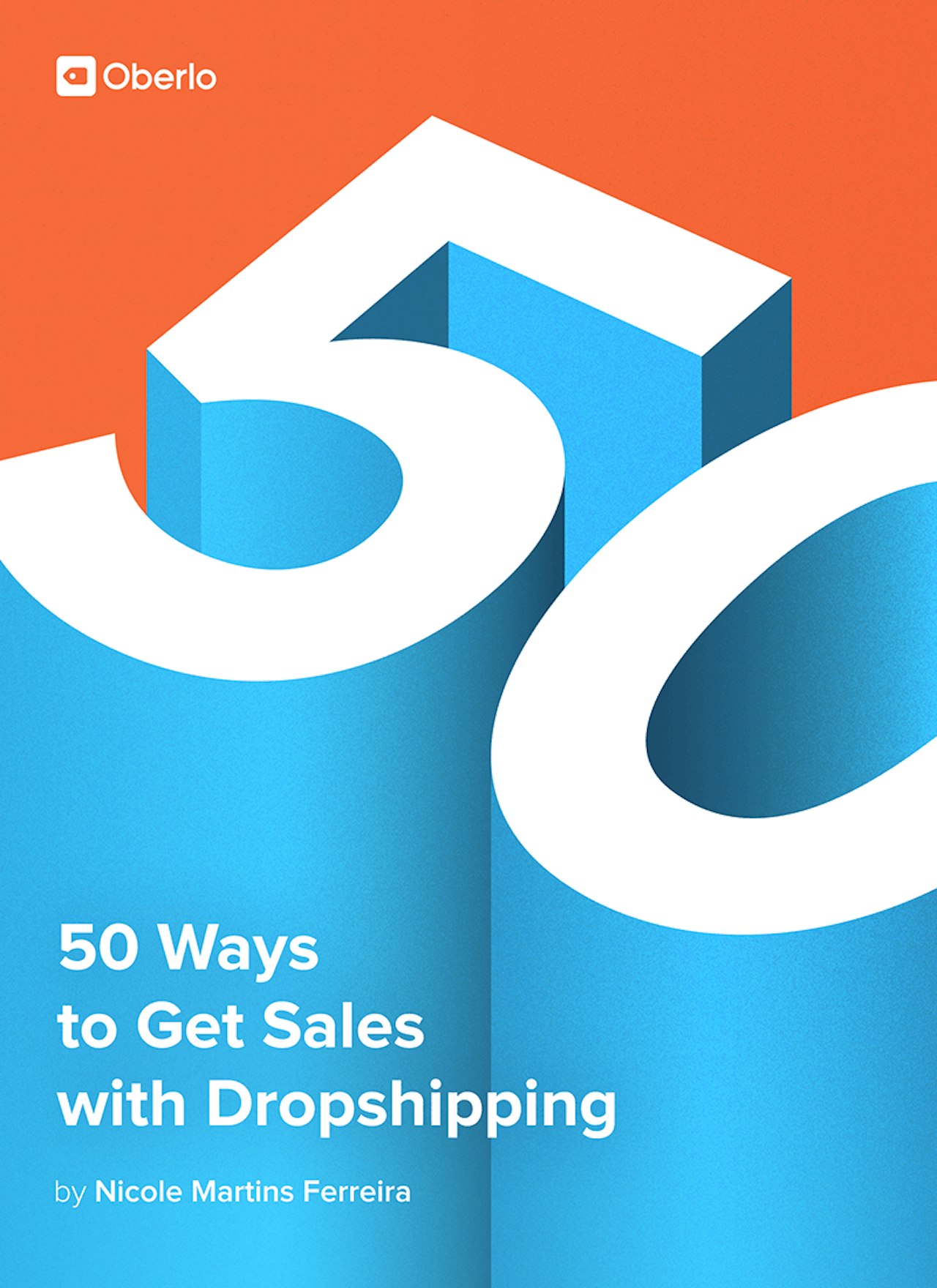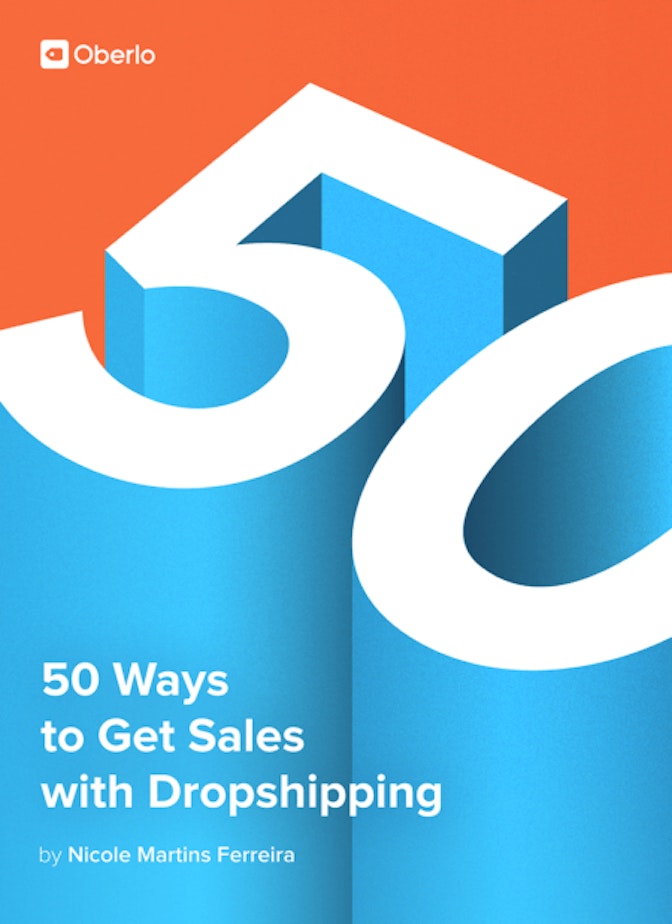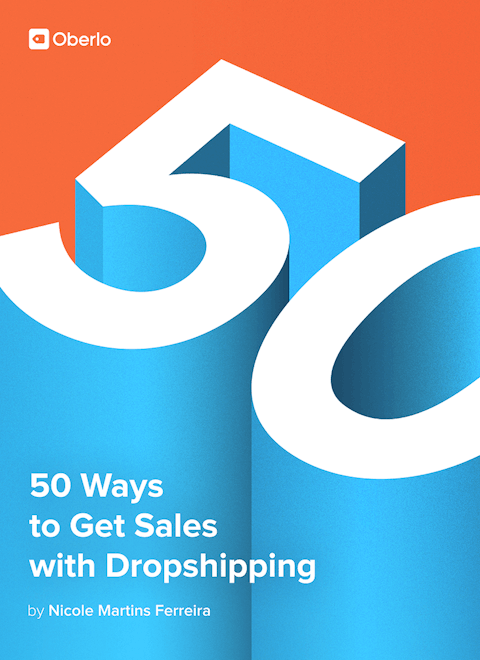According to Aberdeen Group, 75% of consumers prefer having personalized messages and offers from brands. About 88% of consumers state that they’re more likely to buy from stores that offer a personalized experience. Creating a personalized experience can help drive more customers back to your store and increase your sales. You can personalize the shopping experience by retargeting customers with products they’ve added to their cart, offering a free gift on their birthday, showing them products in their size only, recommending products for them based on their search history and more.
Example: JustFab is an example of website personalization. They take the boring process of personalizing the customer experience and turn it into a fun quiz. They’ll show pictures of what type of shoes you like, show celebrity pictures to better understand your style, ask you questions about your shoe size, heel preferences, and more. Customers don’t even realize it until the quiz is completed that they just gave JustFab enough information for true ecommerce personalization. They’ll now only see products in their size and with their preferences. On a customer’s birthday, they even receive a special discount.

Ecommerce Personalization Marketing Tips:
Disney offers its customers a more personalized experience. If you sign up for an account, you’ll be greeted with a ‘Welcome (your name)’ on their website. Their online store is also personalized by location. For example, if you’re in France, you’ll land on a French version of their website. They also have a Personalization Shop where you can include your name on apparel, phone cases, art, watches and more. You can choose different colors, characters, and items. This level of personalization is great for kids as you can place their name on their belongings so that they have a sense of ownership.
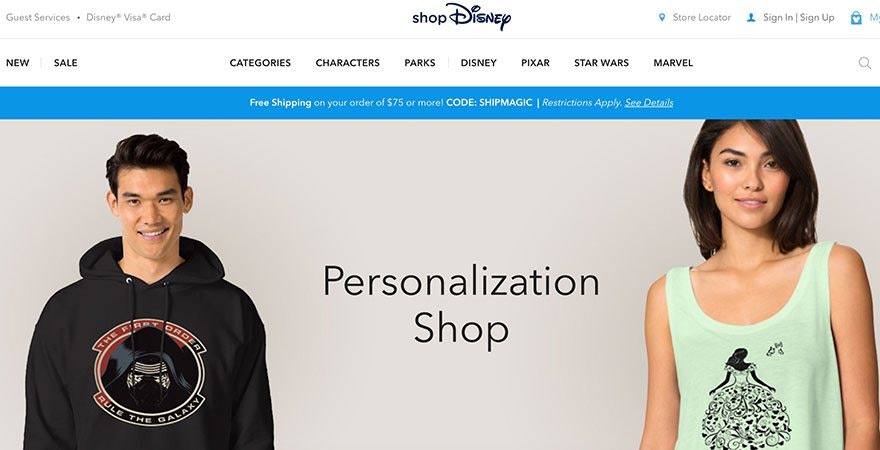
ASOS personalizes their store by simplifying the process of picking the right size. Customers can add their weight and height on a product page and find the size that customers like them bought. The brand’s tools factors in refunds of sizes to help determine the best choice for the average customer of that size. See our personalization apps to find size tools.
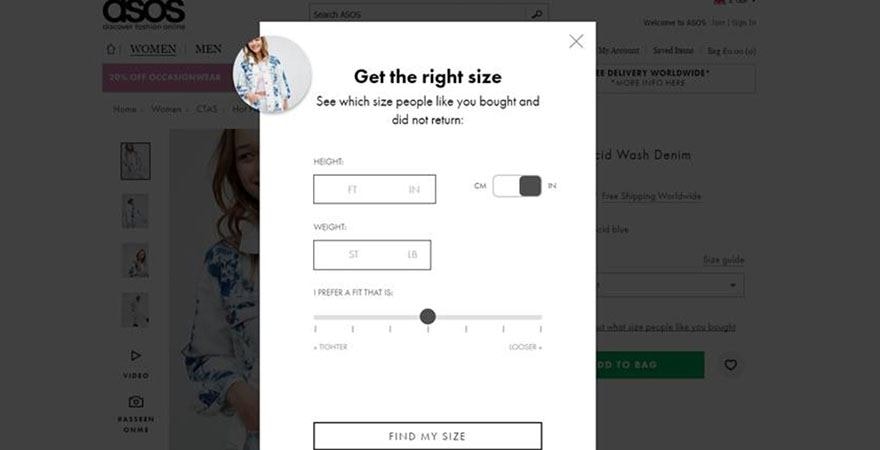
Get to know each customer. Long forms can lower conversions but getting insight into who your customer is can help you do a more personalized marketing to your audience. Simply knowing your customer’s name allows you to welcome them on your website by name. Or sending them a special birthday offer or freebie can help make them feel important on their special day. See our personalization apps below to know how to do this. Personalization allows you to give your customers a tailored online shopping experience.
Recommend products to your customers. Having an ‘If you like this…’ or ‘Recommended for you’ section on your website can help boost sales. Do you offer a similar styled product that a customer would like that complements the product they’ve already bought or one that’s sitting in their cart.
Segment your audience. The data your email provider gives you can probably segment your email list with buyers vs non-buyers, buyers of certain products, repeat customers, top spenders and more. Rather than emailing your entire list of subscribers, send tailored emails to each segment group to create a more personalized experience. An email is more likely to resonate with a customer if it’s relevant and highly targeted.
Show customers a list of their previously browsed items. Amazon has this feature on their store. Sometimes customers need a friendly reminder of what they were recently looking easily compare and contrast in order to make the right purchase.
Retarget customers who add items to their cart but don’t purchase. By showing them an ad with the items they added to their cart, you create a personalized experience that typically results in more abandoned cart recoveries. On average, about 8% of customers recover their abandoned carts but with a retargeting ad that number jumps to 26%.
Offer special deals based on the location they’re in. For example, if someone is in the United States you could let them know that you offer free shipping to the US. Check out the section on personalization apps to find tools that can do this. However, be sure not to show this offer unless people can access this deal as it can frustrate customers. On Amazon, if you live in Canada and visit Amazon, you’ll be directed to Amazon.ca. It allows you to pay in your country’s currency. It also allows you to browse products that ship to your country. If a Canadian were to visit Amazon.com they may be disappointed to find some of the products don’t ship to their location. Tony Bianco adds a popup before redirecting its customers to an international version of their website to offer pricing in their currency and to offer lower international shipping rates.
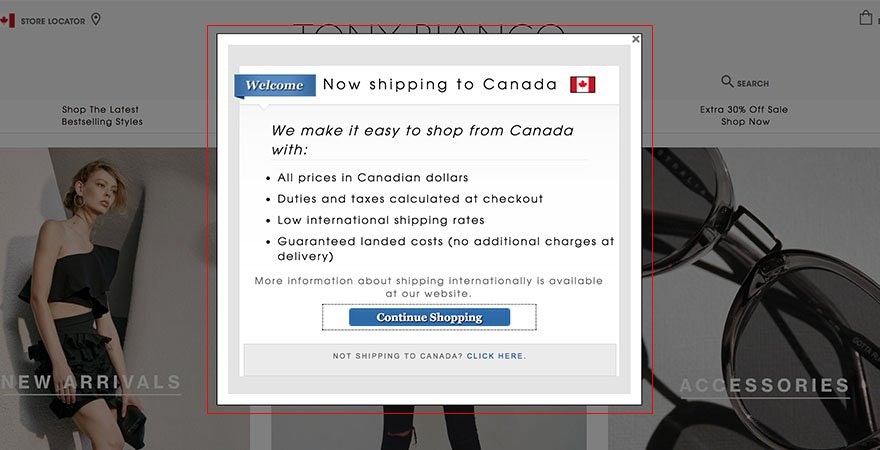
Fashion Bunker helps create a personalized experience with a notifications tab with the day’s offers. While not all offers are personalized, first time visitors are presented with offers that repeat customers aren’t. The notifications are presented on the top of their website with notifications on a envelope shaped icon. Depending on the demographic, many associate notifications with personalization as they’re only conditioned to receiving personalized messages on social networks.
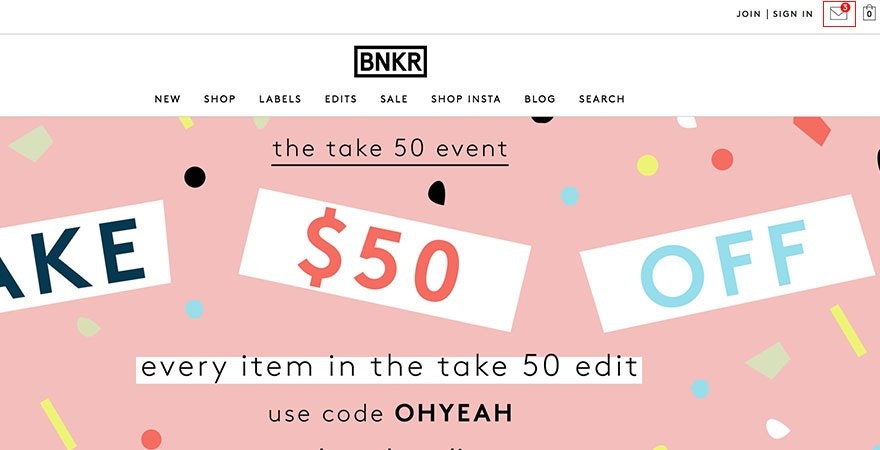
Send a ‘come back’ email to customers who haven’t purchased from your store in a while. You’ll want to re-engage them with a VIP discount code, free gift or special offer.
Send a thank you note. You can send a thank you note with every package or send it after the purchase. A thank you note is a personalized and effective way to build a relationship with a customer. Thanking them for making a purchase makes them feel appreciated. Be sure to include their name, tell them that you hope they enjoy their product, and sign it as the founder or other member of your company. It’s this personal touch which could help you grow your repeat customers. Keep in mind that this is easier to do when you have a small customer base. It can be hard to offer this level of personalization as you scale but you can always get your support team to help out.
Offer special discounts based on where they came from. For example, if someone came through a referral link, you could have a pop-up appear saying ‘here’s 10% off thanks to your friend Amanda.’ Check out our personalization apps section to find a tool that does this.
Send push notifications from your website to remind abandoned cart customers that they left something in their cart. The notifications appear on your visitor’s computer shortly after cart abandonment after they’ve left your website. By mentioning the exact product a customer was looking at, the push notification is specifically tailored to the customer. Thus, making it more likely that they’ll end up checking out the notification and completing their purchase.
Keep in mind that a lot of the personalization features offered often require a customer to create an account with your store. Asking for a customer to create an account during checkout can lead to cart abandonments. However, not asking for it can lead to fewer account creations. Ultimately, gamifying the process with a quiz or using personalization apps can help make the process of account creation more enjoyable from a user experience perspective.
Personalization Apps:
Personalized Recommendations is a great Shopify app that allows you to offer personalized product recommendations based on a customers’ behavior and purchase history. You only pay for the app if it generates sales for your store. Customers can experience personalized recommendations by viewing cart recommendations, their recently viewed products and more.
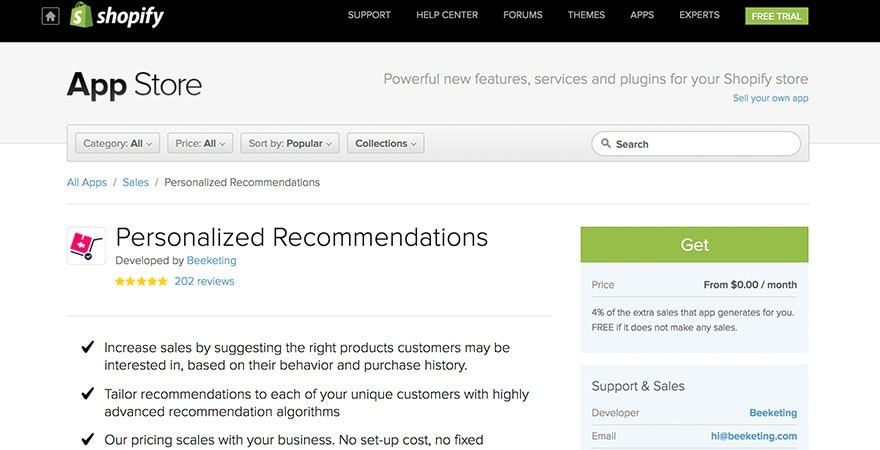
Happy Birthday Email is an automated email that wishes your customers a happy birthday. It captures your customers’ birthday information on your website. On your customer’s special day, they’ll receive a discount code that they can use to buy themselves a little birthday gift. Each code is uniquely generated so that customers can’t share the code or use it multiple times.
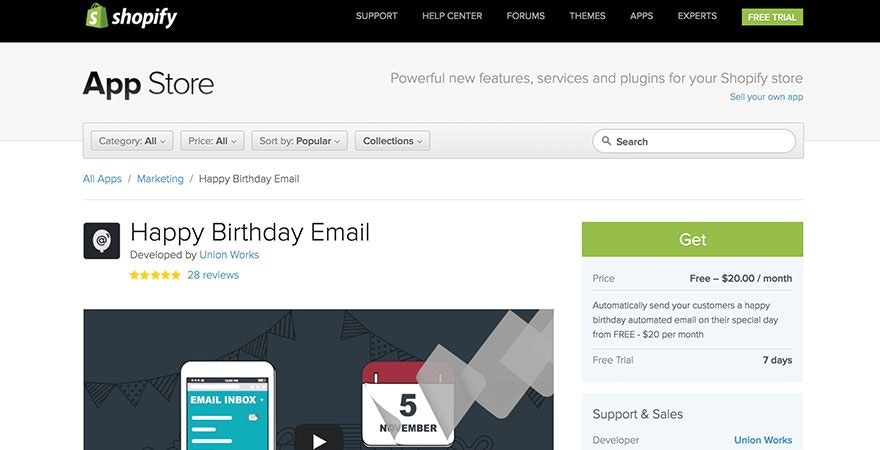
Discount Ninja is a personalization app that offers discounts to customers that can be customized based on what the referral source is. For example, if your visitor comes from Facebook, you could offer a ‘FACEBOOK’ discount code for that specific user.
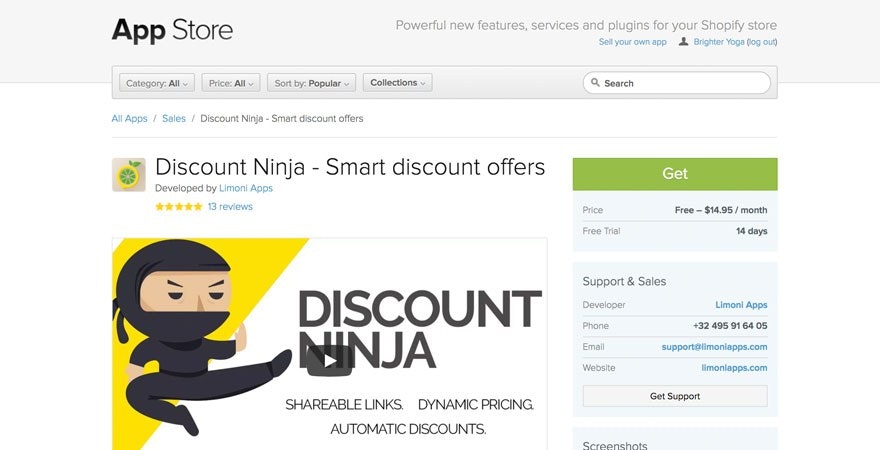
Segmentify is an ecommerce segmentation tool that uses artificial intelligence technology to help store owners increase conversions by personalizing the shopping experience per visitor. You’ll be able to send personalized offers and product recommendations by targeting each customer at scale. Based on a visitor’s past and current behavior on your website, you can tailor the shopping experience in real-time by recommending relevant products, sending them web-push notifications, exit-intent popups, personalized emails and much more.
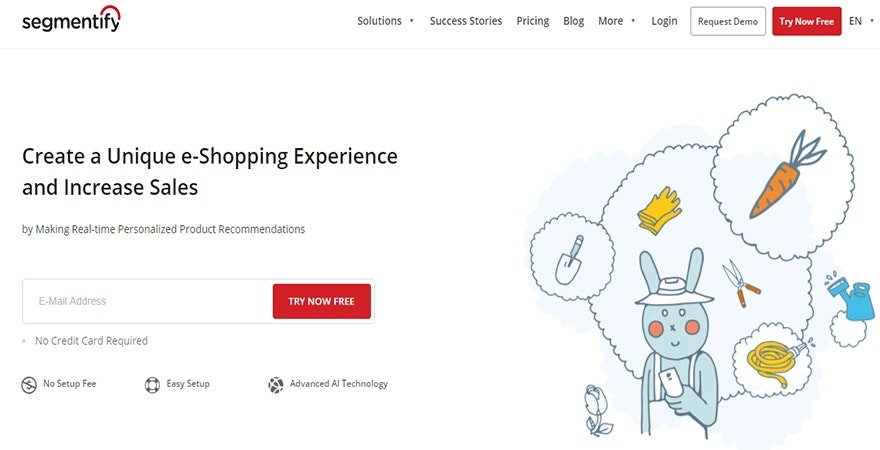
Retail Rocket’s product recommendation platform allows you to offer your customers a personalized experience. You can trigger personalized emails based on customer behavior on your store. The tool also features behavioral pop-ups which have been known to convert up to 10% of store visitors.
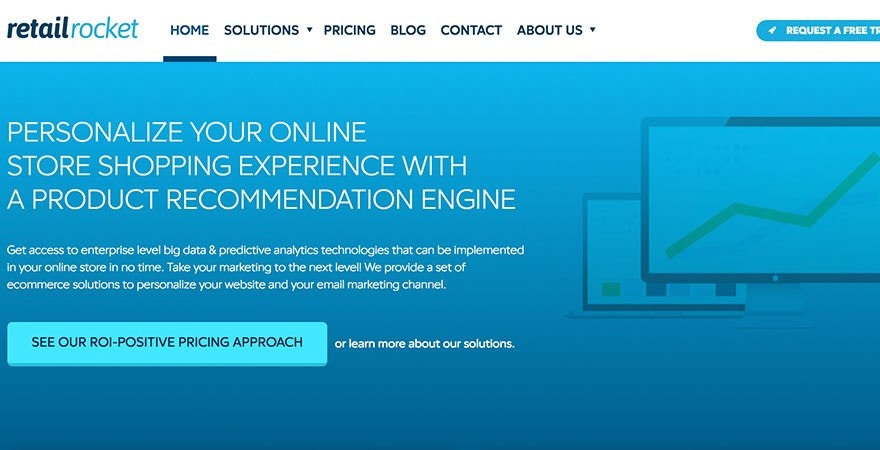
Zen.Ai Product Recommendations is another product recommendation app that you can install on your Shopify store. The app works on a pay per performance basis meaning it’s free unless it’s helped lead to sales which is great for budget-conscious entrepreneurs. Customers can easily find their recently viewed items, top picks chosen for them, and more.
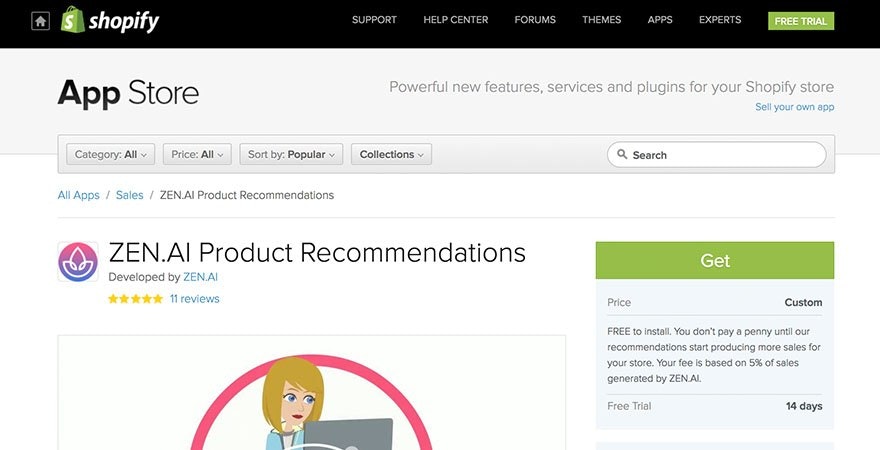
Currency Converter personalizes the shopping experience by showing customers the cost of goods in their local currency. This allows them to have a better grasp on how much their products will cost without having to do tricky mental math or waste time converting prices themselves. The app doesn’t actually convert the payment and you’ll still accept payment in your store’s local currency. You can add up to 5 currencies for your store.
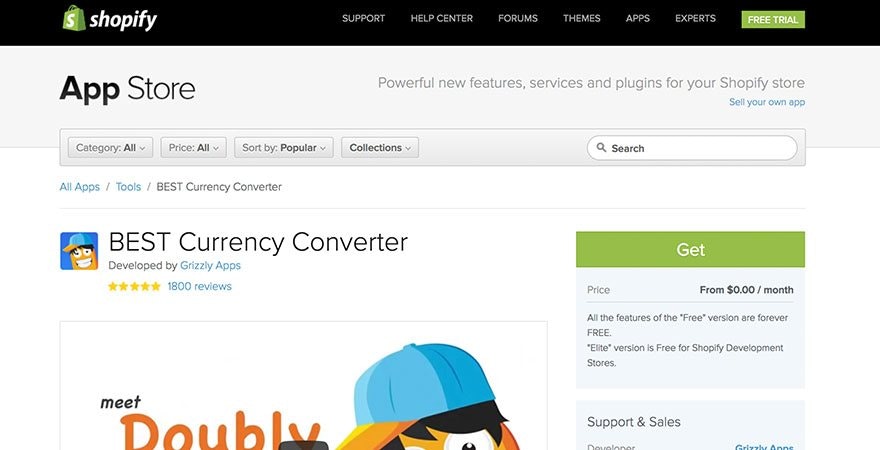
Optimizely allows you to personalize your store in countless ways. You can show customers new products based on their previous shopping experience. You can also present different products based on where your customers are in the world. This tool allows you to target customers based on the weather, their abandoned cart history and more.
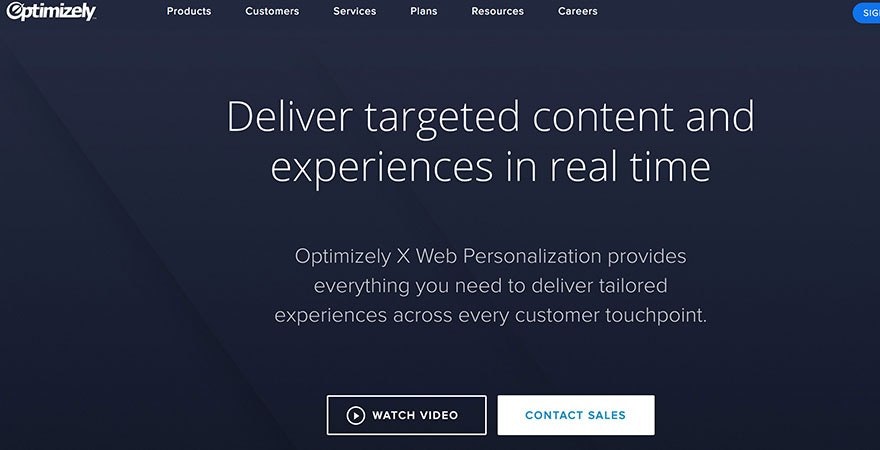
Personalization Resources:
15 Mind-Blowing Stats About Personalization helps store owners understand the importance of personalization. It allows you to see how personalization can help grow sales, improve customer satisfaction, and how easy it is to stand out from your competitors who may not be making the most of personalization on their stores.
7 Ways to Boost Conversions with Personalization uses case studies to show you how to offer a more personalized experience while improving your store’s conversion rate. You’ll see examples from brands like Zumba and specific results from their personalization efforts.
Personalization Influencer:

